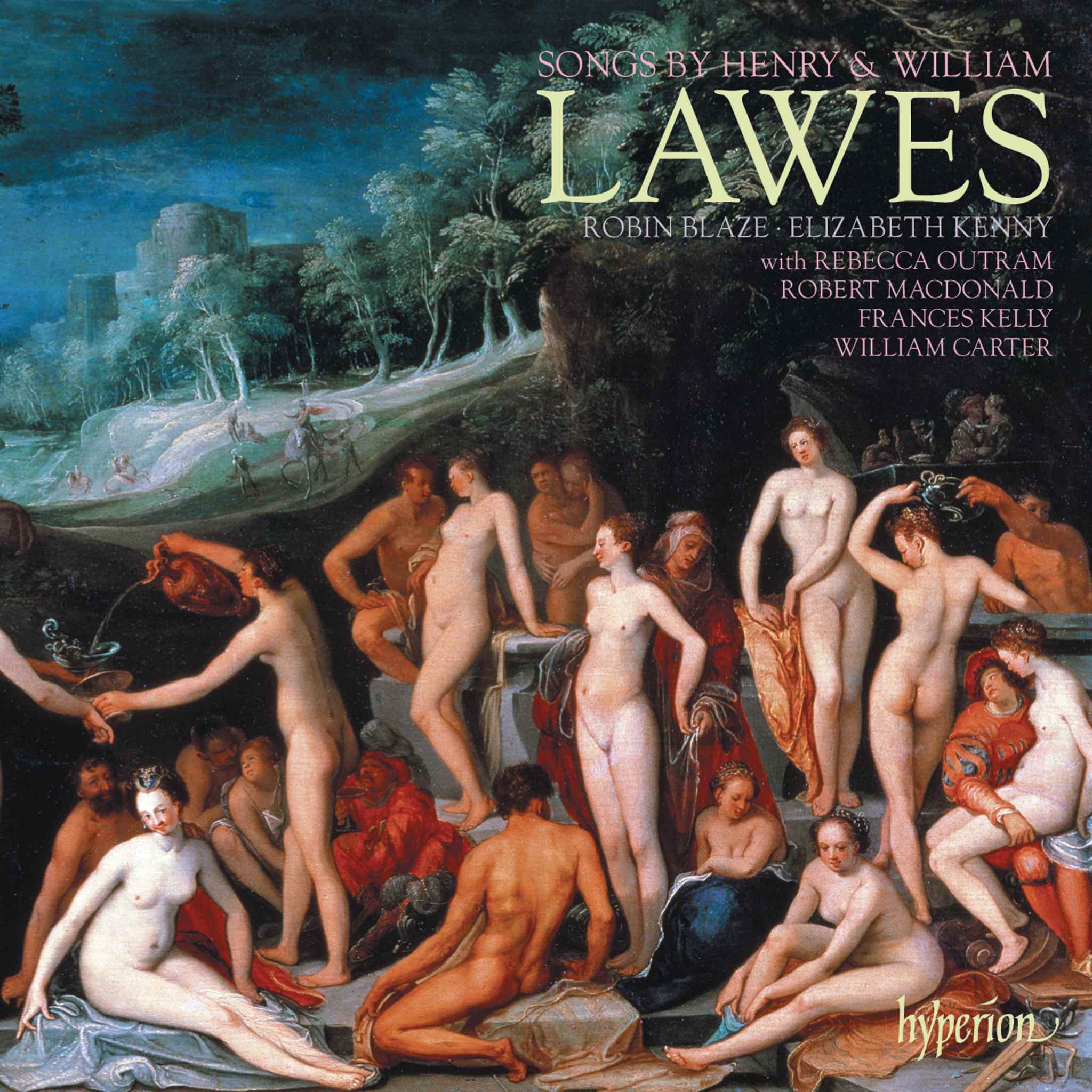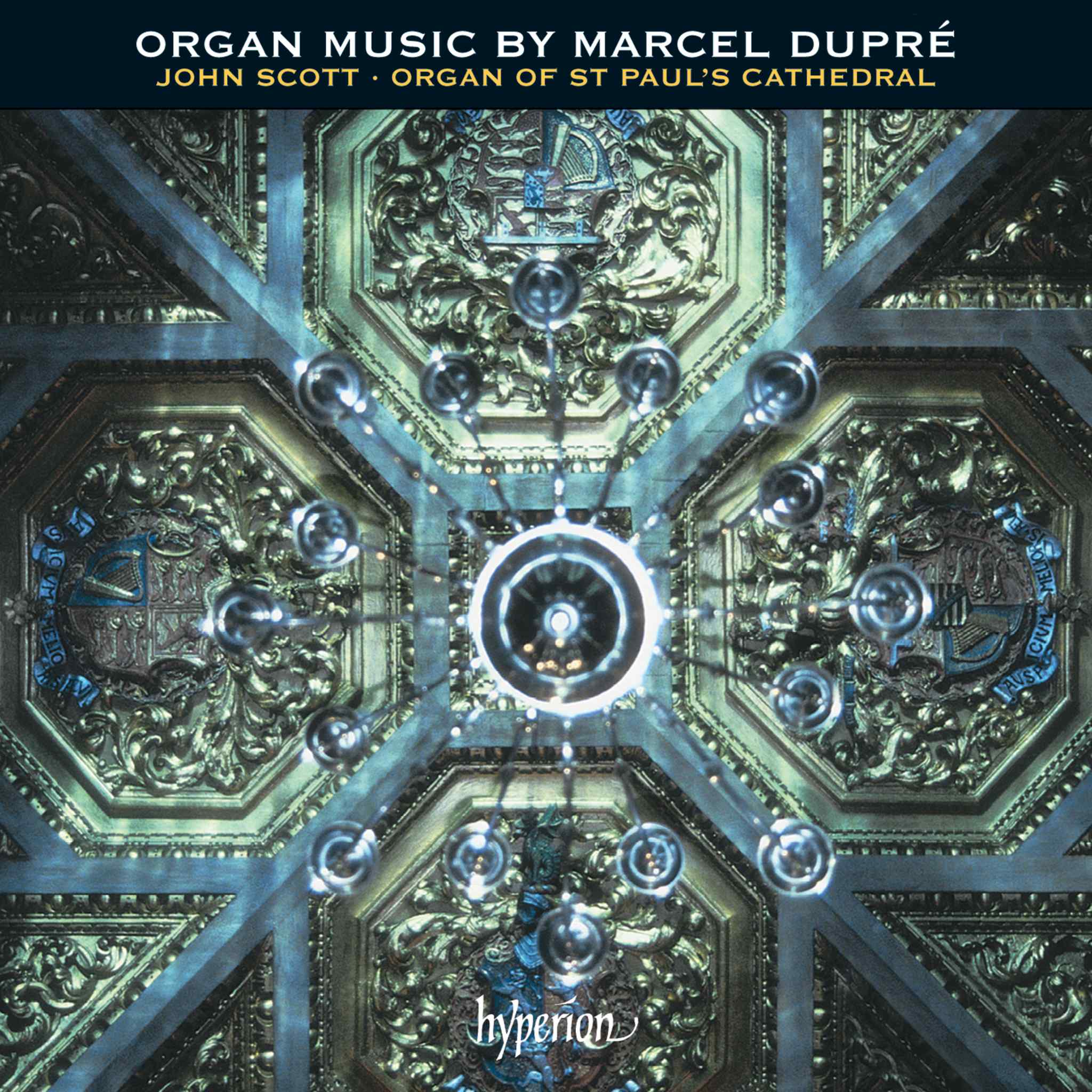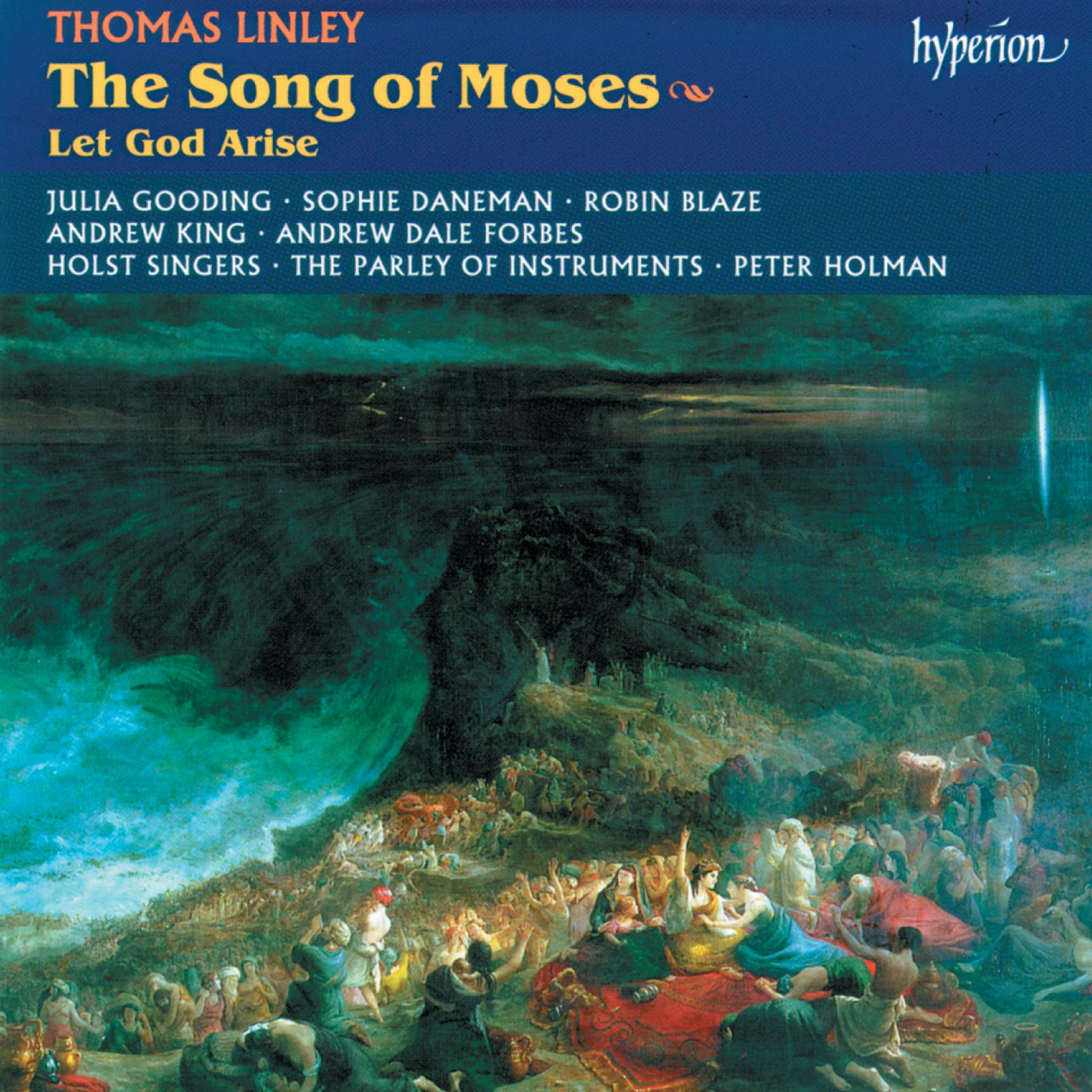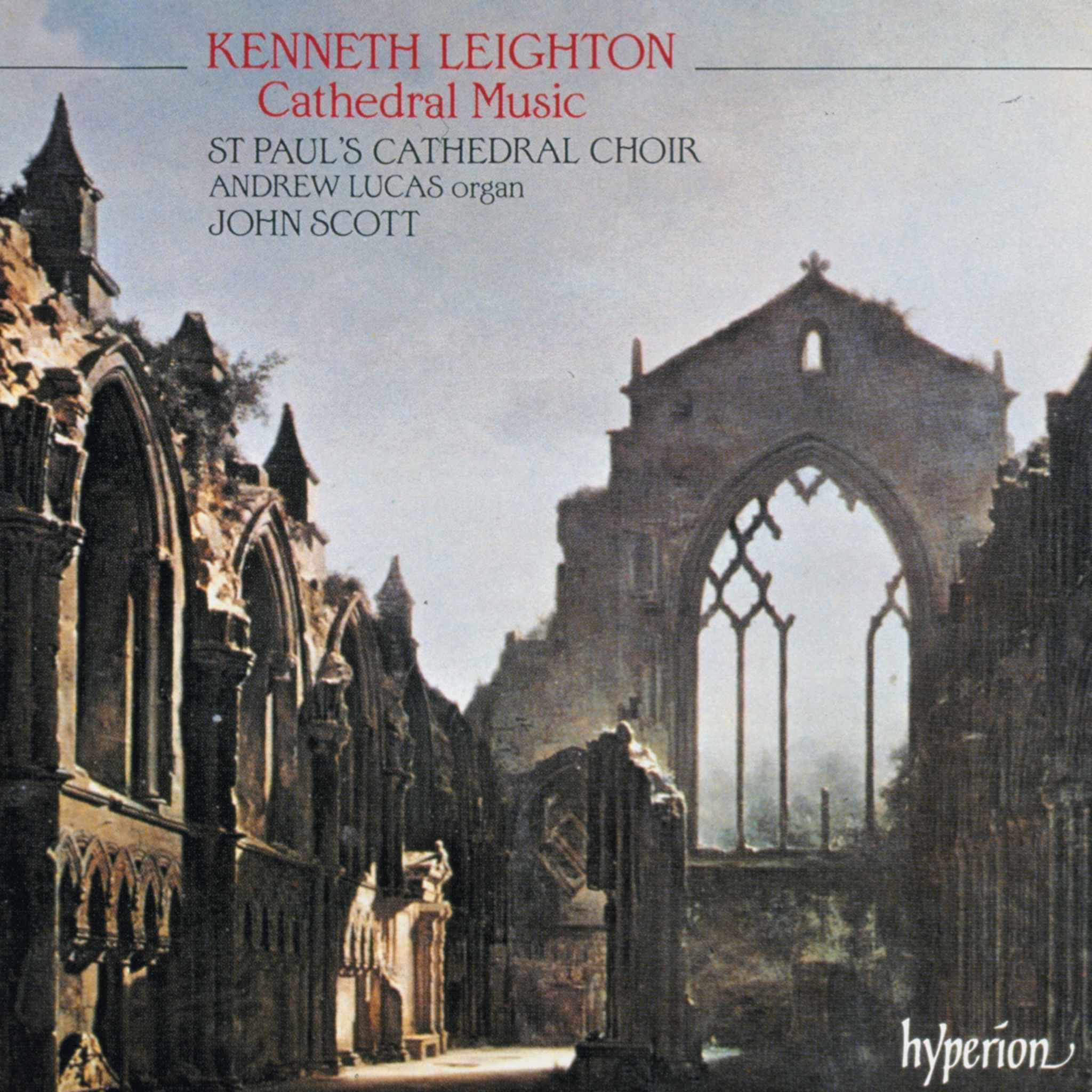Album insights
Im the late nineteenth century, many composers began to embrace the distinction between the "Sublime" and the "Beautiful," as postulated by Immanuel Kant. This philosophical dichotomy emphasized the Sublime's tendency towards excess, ruggedness, and boundary-pushing, contrasting with the more controlled and refined nature of the Beautiful. English critic W. J. Turner declared in the early twentieth century that the majesty of Beethoven and Bach's music far exceeded that of Wagner and Debussy. Similarly, distinctions were made between the "Beautiful" and the "Pretty." French bass Doda Conrad, upon attending a concert performance at a young age, expressed disdain for the piece, only to be corrected by an accompanying lady, appreciating the beauty over mere prettiness.
French composers after 1870 faced a dual challenge of embracing the Sublime. Their music, symbolized by the newly founded Société Nationale under the banner of "Ars Gallica," sought a departure from German music norms. This shift was largely achieved through chamber music, distancing itself from the spirit of operetta. Early works by Fauré such as the First Violin Sonata and two Piano Quartets exemplified this departure successfully.
The burden of composing a string quartet post-Beethoven loomed large over French composers. While it was plausible to avoid Beethoven's influence, as seen in Gounod's posthumously published quartet, most mid-career French composers inevitably engaged in a nod towards Beethoven. Paul Marie Théodore Vincent d'Indy, born into an aristocratic Roman Catholic family, had a notable early career, crafting a significant body of work by the age of thirty-nine. His adherence to Franck's principles and innovative approaches elevated his compositions to a respected Germanic tradition.
D'Indy's approach to composing quartets revealed a meticulous incorporation of tradition and innovation. His Second Quartet employed traditional sonata form, song, dance form, and rondo, alongside Franck's cyclic techniques to unify the work. Noteworthy motifs from the "Well-Tempered Clavier" and influences from Mozart and Wagner further showcased d'Indy's commitment to honoring Germanic tradition within French composition.
Each movement in d'Indy's quartet uniquely balanced the Sublime and the Beautiful. While the work's thematic elements portrayed ruggedness and grandeur akin to the Sublime, passages also adopted refined, melodic beauty. The quartet's structure intricately wove together contrasting themes, rhythms, and tonal colors, creating a harmonious blend of powerful emotions and eloquent expressions.
Debussy and Chausson, both members of the Société Nationale, attended the quartet's premiere in Paris in 1891. Interactions between composers and critiques of each other's work underscored the diverging artistic directions. Chausson's unfinished quartet hinted at unresolved tensions between adherence to standard conventions and the pursuit of distinct musical ideas, a struggle that epitomized his artistic journey. After his tragic death, Chausson left behind incomplete projects, leaving a legacy of unfulfilled potential and unresolved artistic conflicts.
Chausson's music, marked by refined lyricism, reflected his personal and artistic struggles. His incorporation of quotations and motifs within his quartet showcased his compositional depth, albeit leaving behind a sense of unresolved creative tension. The exploration of contrasting themes and harmonic progressions highlighted Chausson's intricate craftsmanship and innovative musical language, probing the boundaries between traditional forms and modern harmonic expressions.
The completion of Chausson's quartet by d'Indy and its subsequent premiere at the Société Nationale represented a merging of two distinct musical voices, combining the Sublime and the Beautiful in a harmonious musical dialogue. The quartet not only paid homage to Franck's teachings but also stood as a testament to the French composers' engagement with Germanic musical traditions, enriching the tapestry of late 19th-century chamber music.











